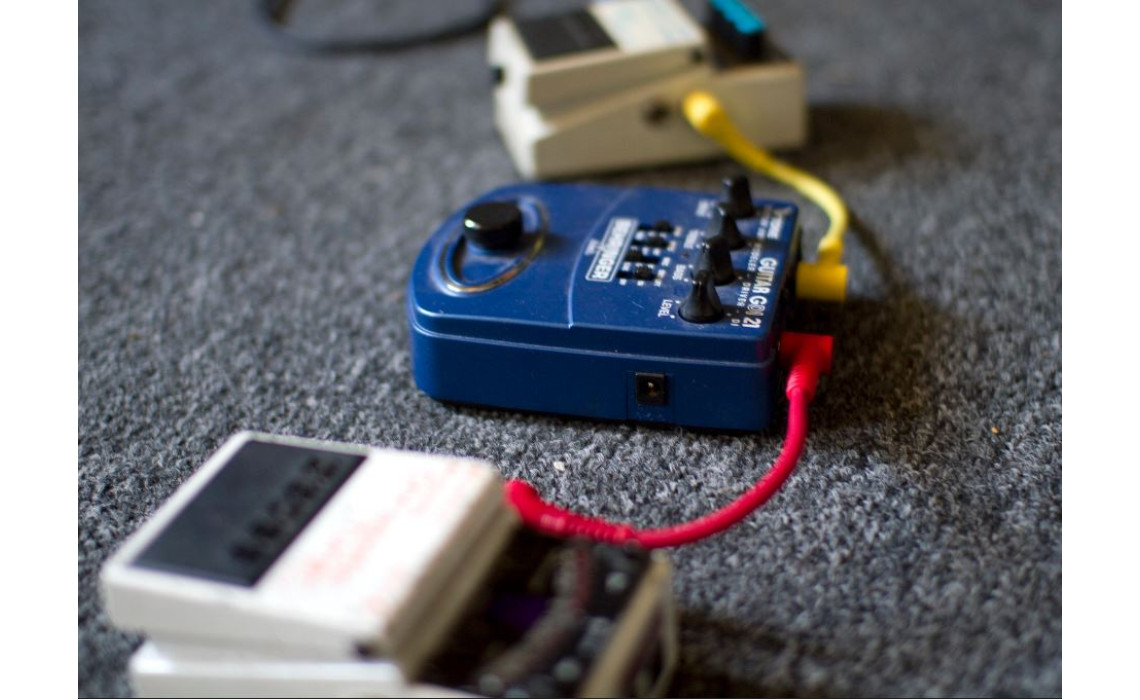
Vintage Guitar Pedals from the 60’s and 70’s Vs. New Boutique Pedals
You have a lot of choice when it comes to guitar pedals. You can go with
modern pedals, those classic pedals from the past, or specialized
boutique pedals. We want to look at vintage and boutique pedals to see
which ones you might want to use with your guitar rig.
Vintage 60s and 70s Pedals
The pedals from the 60s and 70s are classic and they sound amazing.
These pedals created the signature sounds we have come to love such as
the music of Jimi Hendrix, The Doors, or The Rolling Stones. When you
buy a classic pedal, you know what you’re getting. These pedals have
tones that are instantly recognized. You know the pedal will sound good
and do what you want with it. The main advantage of these pedals is hat
classic sound that you get from the pedal. You know what an Arbiter Fuzz
face sounds like, or a CGB-95 Jim Dunlop Wah-Wah sounds like. These
pedals are like old friends and comfortable. The main disadvantage is
they really don’t offer anything new for you as a guitar player. If you
love classic sounds and want that then its fine to use vintage pedals
because they are amazing, it’s just that they don’t give you newer
sounds and you might want that in a pedal.
You can’t really customize older pedals as they lose that signature sound.
Boutique Pedals
A boutique pedal is an expensive investment, but the sounds you get out
of these pedals can be unique and different. These pedals have their own
distinct sounds and there are just so many of them to choose from.
You’re not stuck with one Fuzz or distortion sound for example, you have
many to choose from. These pedals can also take classic sounds and
merge them with more modern sounds. The pedals just have a lot more
options which can make them attractive to a guitar player to own. These
pedals also allow you to dial in your own very unique signature sound.
So you don’t sound like any of the “classic” players. So these pedals
can give you a unique sound, it’s just that the main drawback is that
these pedal can be quite expensive and you may not like the sound you
eventually get out of the pedal because it’s not a “tried and true” tone
like the classic pedals can give you. A boutique pedal allows for more
experimentation in your sound, but at the expense of the unfamiliar as
classic pedals already have the sound many players like.
Best of Both Worlds
In reality, it’s better to use both vintage and boutique pedals as you
get a wider range of sounds this way. You can experiment with a boutique
pedal more, but when you need a good tone you can rely on a vintage
pedal to provide that for you as there’s no real guesswork with a
vintage tone. The best part about boutique pedals is there’s always a
new ones to try out and exciting new tones to discover. Vintage pedals
are always vintage with those “signature” tones we have come to love,
but over time they get stale as you want new sounds sometimes.
The thing about guitar tone sis that it’s always an experiment. Your
guitar, amplifier, your fingers, and the guitar pedals you use all play a
role in how you’re going to sound. To get a good sound requires some
experimentation both with vintage sounds and newer tones provided by the
wide range of boutique pedals on the market.
























